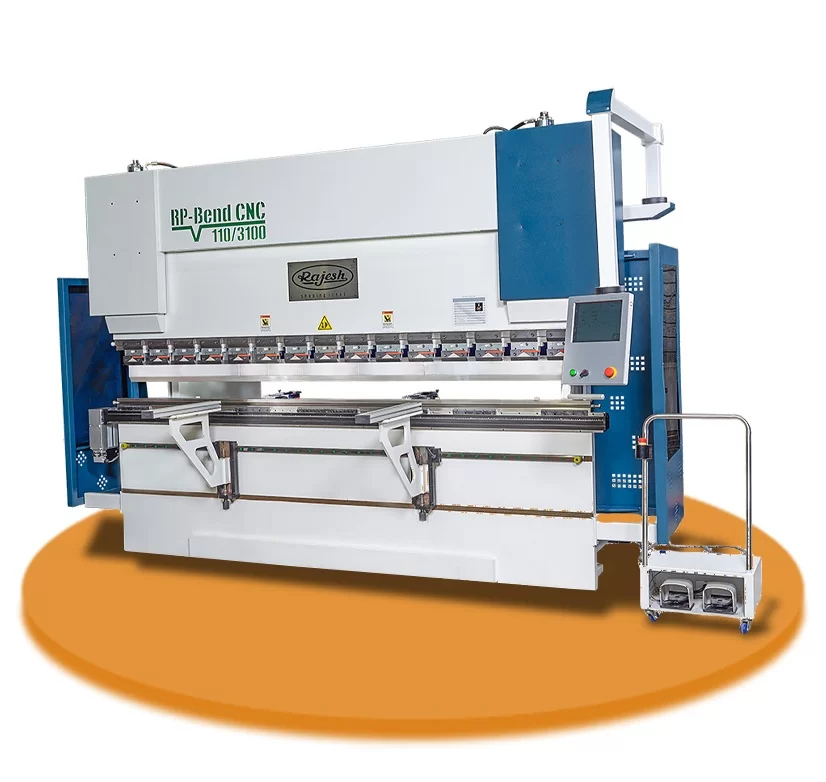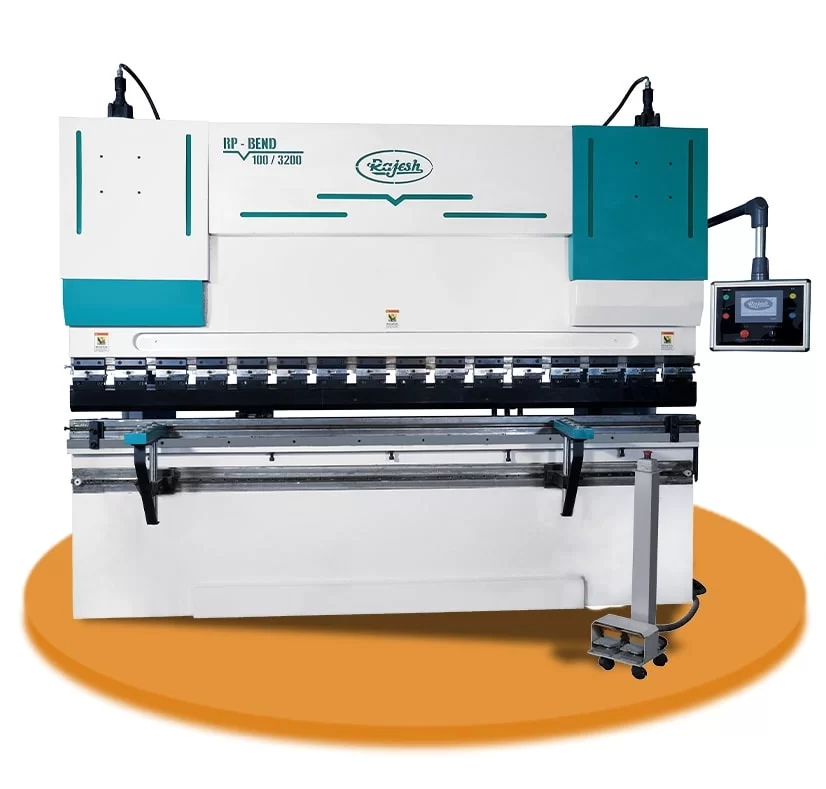
What are NC Press Brake and CNC Press Brake?
There is a lot of confusion and many differences between the CNC Press Brake and the NC Press Brake. Today, we’ll review important information on differentiating a CNC press brake from an NC press brake.
CNC Press Brake

NC Press Brake

1. Different structural principles:
The two models have different design concepts. Various structures are being created to ensure synchronization on both sides of the curved slider. The NC press brake machines forces the synchronization mechanism to move the oil cylinders on both sides up and down by connecting the left and proper pendulum rods into a twisted shaft. Thus the parallelism of the slider cannot be automatically checked and adjusted; the torsion axis synchronous press brake is a mechanical forced synchronization technique.
2. Precision:
3. Speed:
4. Operator:
Professional numerical control system control, V-axis correction, ease of operation, and minimal experience requirements are all used by CNC press brakes. There is a function for simulating bending; all that is required is to change the input step size of the drawing to bend without the need to stake out directly.
5. Strength:
Such issues do not exist with CNC press brakes. The left and right sides of the Y1 and Y2 axes can be eccentrically folded and move independently.
Rajesh Machine provides NC brake machines, CNC Press Brake (HD Series) machines and sheet metal bending machines, and many more. Our aim is to provide the best quality machinery to their customers.
